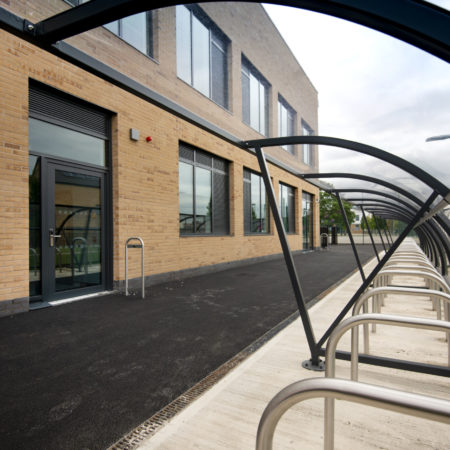How To Deliver School Buildings That Really Are Lower Carbon In Operation
Lower carbon construction is fairly meaningless if it only exists in a design specification and not in operation. The fact that there’s a performance gap between modelled and real-world energy use in new buildings is well known. If we want to talk about zero operational carbon school buildings we have to eliminate the energy performance gap.
The gap isn’t a trivial one. Studies have shown that energy consumption on new buildings can often be twice or more what was predicted in the design stage. Decarbonising school construction needs to start with introducing safeguards over how modelled performance will be reproduced in practice.
Some factors are not entirely construction-related. Gaps occur because of unexpected and unregulated energy loads and sometimes through human behaviour. But many are down to the construction process. These can be eliminated with a product-based approach to construction.
What Causes the Energy Performance Gap?
Performance gap issues include:
- Discrepancies between design specifications and the quality of works as-built.
- Incorrect assumptions about the performance of some building components.
- Misunderstandings about the intended energy performance for the design.
- Designs that cannot be practically built as envisaged.
- Outdated site practices.
Osborne’s InForm product for education overcomes all of these issues.
The premanufactured value of every InForm project is a minimum of 68%. In practice this means we use standardised components with known and verified performance. Compliance depends on controlled manufacturing processes rather than on-site interpretation of plans and specifications.
Product standardisation linked to a 3D design environment creates a continuous thread between the Output Specification, the design and the completed building. Buildability is assured by having a uniform and repeatable process based on standard components.
Attention to Detail
Details make a difference. Multiple small air gaps at interfaces, thermal bridges and lack of insulating material continuity can add up to a large energy loss in a new school building.
Thermal bridges are eliminated through paying close attention to detailing in the design. And fine manufacturing tolerances that come with our standardised InForm product ensure there is controlled air permeability and a continuous thermal envelope.
The InForm product has been developed by Osborne and our partners specifically to address the Output Specification. It provides certainty over product quality and operational energy performance as well as measurable reductions in embodied carbon.
To find out more take a look at our resource centre, browse our case studies or contact Richard King ([email protected])

